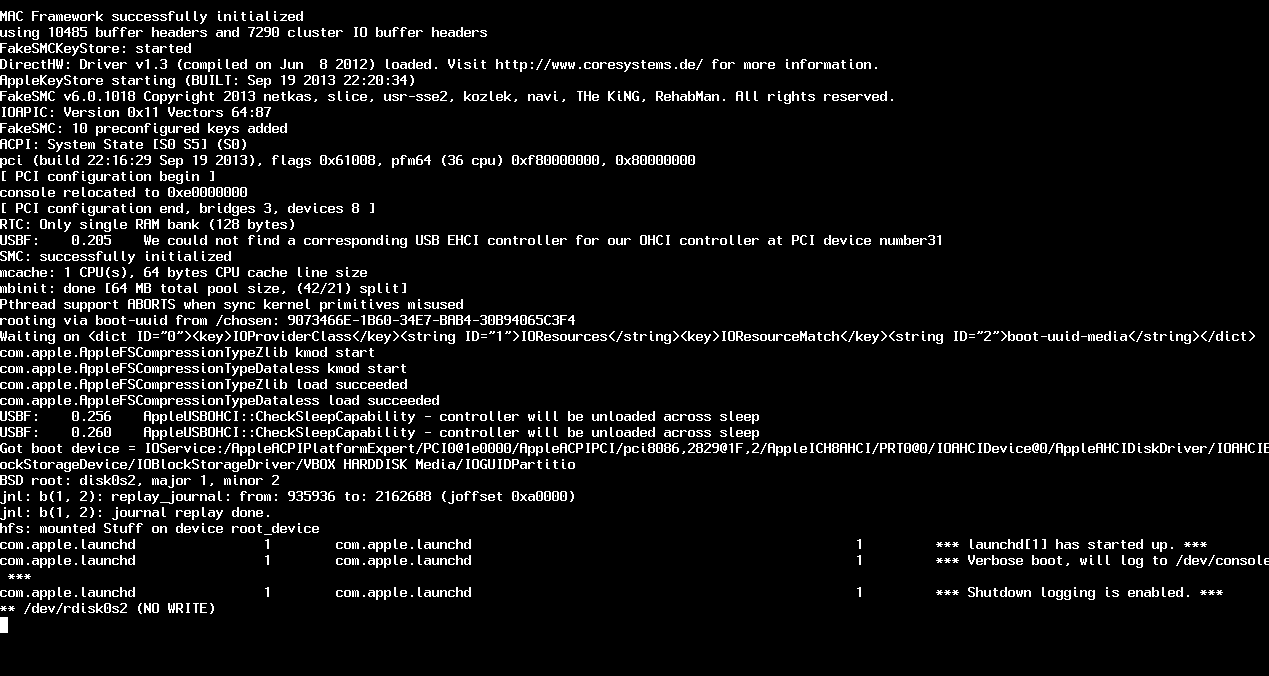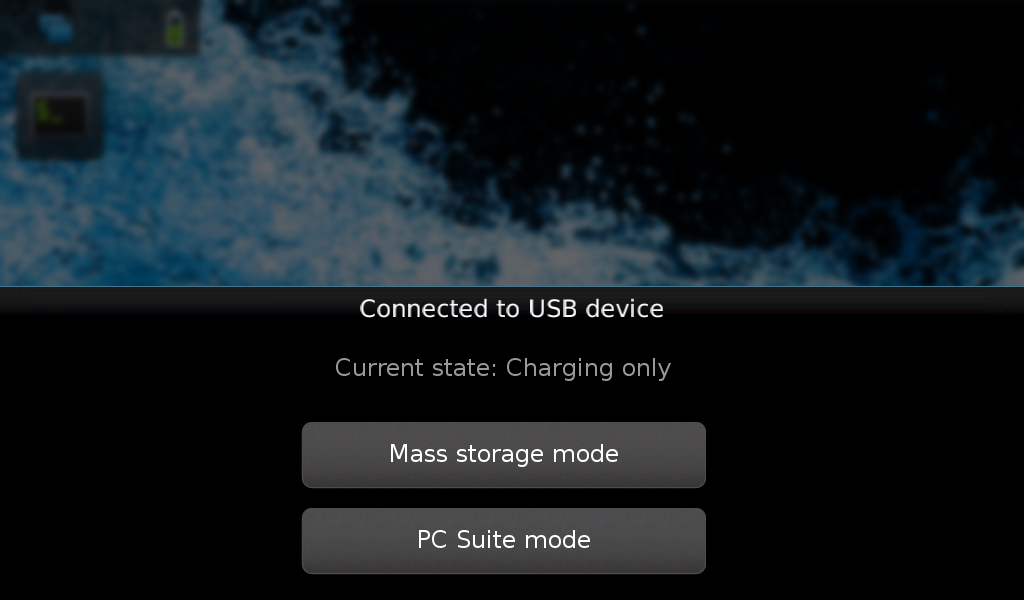
In adults with panic disorder, cognitions during panic attacks take the form of mental images as well as thoughts (Kosslyn, Ganis, and Thompson 2001). The most common feared consequences were related to social evaluation concerns (such as ‘I may embarrass myself’), specific physical catastrophe (‘I may die’), loss of behavioural control (‘I may go crazy’), altered ability to maintain role functioning (‘I won’t be able to do my job’), and discomfort perceived as intolerable (‘it feels bad’). Raffa, White, and Barlow ( 2004) asked adults with panic disorder what they feared happening as a result of panic attacks. For example, an increased heart rate may be interpreted as a sign of an impending heart attack (Clark and Ehlers 1993). In adults with panic disorder, which is characterised by a fear of panic attacks themselves, such cognitions are conceptualised as misinterpretations of bodily sensations (Clark 1986). As with adults, symptoms in adolescents include both somatic (such as palpitations, nausea, and shortness of breath) and cognitive symptoms (such as a fear of losing control or dying) (Doerfler et al. While the symptoms experienced by adolescents during a panic attack appear to be similar to those in adults, there is currently limited information about adolescents’ broader experiences of panic attacks, and this literature is relatively old. Given that panic attacks can be experienced by adolescents with a range of different anxiety disorders, a better understanding of how adolescents experience panic attacks may help to improve treatment. 2020), approximately half retain their primary anxiety disorder post-treatment.

Although effective treatments for anxiety disorders exist for children and adolescents (James et al. They are highly distressing and are associated with a range of negative impacts, including poorer physical and interpersonal functioning (Marshall et al. They are more common in girls than boys (Asselmann et al. 1996 Macaulay and Kleinknecht 1989) They also commonly feature across various mental health diagnoses, including generalised anxiety disorder, social anxiety disorder and post-traumatic stress disorder, as well as panic disorder (APA, 2013). Panic attacks (that meet diagnostic criteria) are common in adolescents, occurring in anywhere between 6–63% of adolescent community samples (Asselmann et al. Symptoms include an accelerated heart rate, sweating, shaking, shortness of breath, chest pain, nausea, dizziness, depersonalisation, and fear of losing control, ‘going crazy’, or dying. Panic attacks are sudden surges of intense fear that reach a peak within minutes, with at least four physiological or cognitive symptoms (American Psychiatric Association, 2013). Interventions should be adapted for adolescents’ developmental stage and consider any mental images. The impact of panic on normative adolescent developmental tasks is discussed. Several aspects of the findings were consistent with the cognitive model of panic disorder in adults.

Mental images enhanced the intensity of panic. Six superordinate themes reflected the intense nature of having a panic attack, being unable to think and fearing losing control of one’s mind, a disconnect in feeling the panic attack would never end versus knowing from experience that it would, feeling completely out of control during the attack, feeling embarrassment and shame, feeling cut-off and isolated from others, and trying to find ways to cope through distraction, avoidance and learning to understand the thoughts.

Data was analysed using Interpretative Phenomenological Analysis. Nine adolescents (15–18 years) completed a semi-structured interview exploring experiences of panic attacks. Better understanding of the experience of panic attacks, including the presence and nature of mental images, may improve treatments. No qualitative research into panic attacks has been conducted with adolescents. In adults, cognitions during panic attacks comprise mental images as well as thoughts. Use fear, but not fright, to talk about things that always frighten you and things that may happen in the future: I have a fright of spiders.Panic attacks are common in adolescents and are experienced in several mental health difficulties. fright a feeling of fear, usually sudden:įear or fright? Fright is a reaction to something that has just happened or is happening now.The doctor said there was no cause for alarm.alarm fear or worry that somebody feels when something dangerous or unpleasant might happen:.panic a sudden feeling of great fear that cannot be controlled and prevents you from thinking clearly:.



 0 kommentar(er)
0 kommentar(er)
